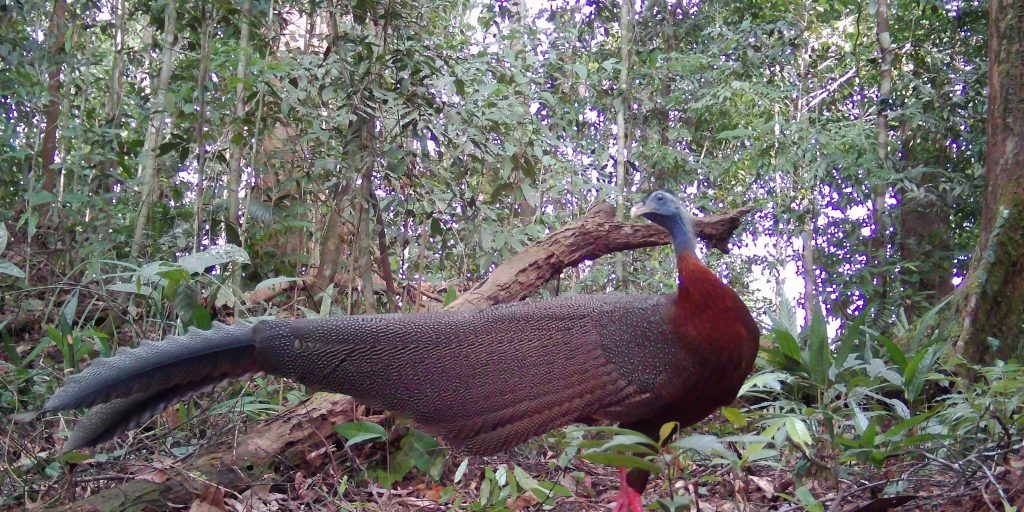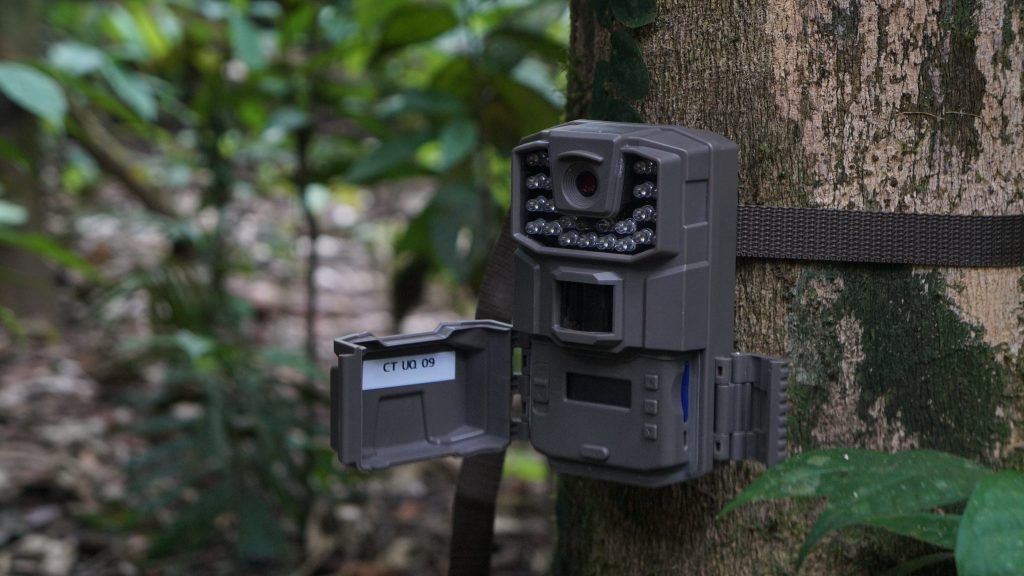Opening roads in production forest areas is an important part of the Forest Area Clearance Plan (RPWH). The main objective is to open access necessary for efficient and sustainable forest management. However, road construction must be carried out carefully to minimize negative environmental impacts. Accordingly, PT Wana Bakti Persada Utama (WBPU) implements the Reduce Impact Logging-Carbon (RIL-C) method to ensure that the RPWH process is conducted responsibly.
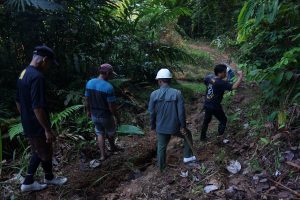
The concrete steps taken by PT WBPU in implementing the RIL-C method during the road opening process began with careful planning. Before starting the road opening, a team of experts carried out a thorough survey of the terrain to be traversed, including topographic analysis and identification of ecologically sensitive areas. Based on the results of this survey, the road opening plan is designed to avoid critical areas and minimize disturbance to natural habitats.
During the road opening process, PT WBPU will apply strict RIL-C techniques. The use of heavy equipment will be closely monitored to ensure that opening the route has minimal impact on the soil structure and vegetation. Trees that need to be cut down to clear roads will be selected carefully, and felling routes will be designed to minimize damage to other trees and soil layers. Additionally, the company will use modern technology such as GPS and Light Detection and Ranging to ensure the accuracy of the paths opened.
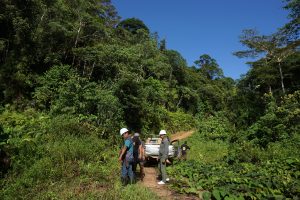
The RIL-C method has a significantly less damaging impact on the environment compared to conventional methods used in clearing forest areas. Conventional methods often cause extensive ecosystem damage, including soil erosion, loss of wildlife habitats, and deterioration of water quality. In contrast, the RIL-C method is designed to minimize these impacts by preserving soil structure integrity, maintaining biodiversity and reducing carbon emissions through more selective and planned logging practices.
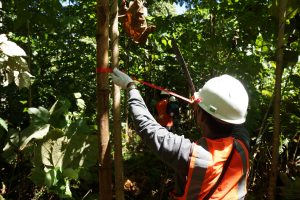
However, implementing the RIL-C method is not without challenges. One of the biggest challenges is the need for higher initial investment in worker training, procurement of specialized equipment such as Logfisher, and close supervision during the road opening process. Additionally, changing the habits and behavior of field workers also poses a challenge, as this method requires greater precision and discipline. To address these challenges, PT WBPU conducts intensive training for all field staff and provides incentives for workers who successfully implement the RIL-C method.
The success and effectiveness of the RIL-C method in reducing negative environmental impacts will be measured through a series of environmental and operational indicators. PT WBPU will periodically monitor soil conditions, water quality, biodiversity, and carbon emissions in the cleared areas. Also, it will conduct evaluations of productivity and operational efficiency to ensure the RIL-C method not only reduces negative environmental impacts but also supports the company's business sustainability. Data and findings from this monitoring will then be used to make continuous adjustments and improvements in the implementation of RIL-C.
By continuously developing and refining the RIL-C method, PT WBPU is committed to maintaining a balance between using forest resources and conserving the environment. Hopefully, this sustainable Forest Area Clearance Plan approach can become a model for other production forest companies in Indonesia, showing that sustainability and productivity can go hand in hand through innovation and commitment to responsible forest management practices.


